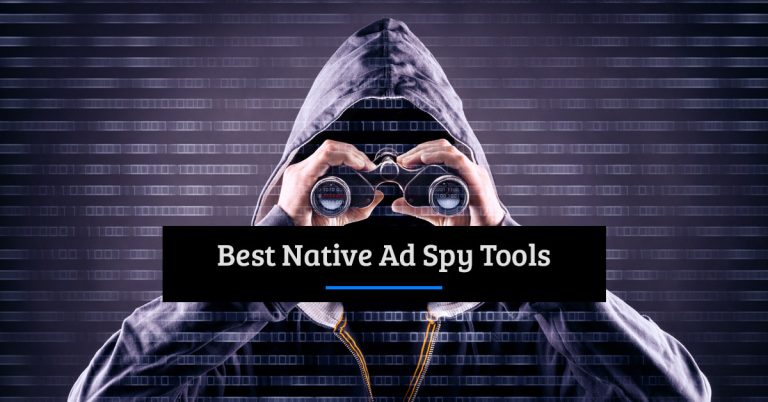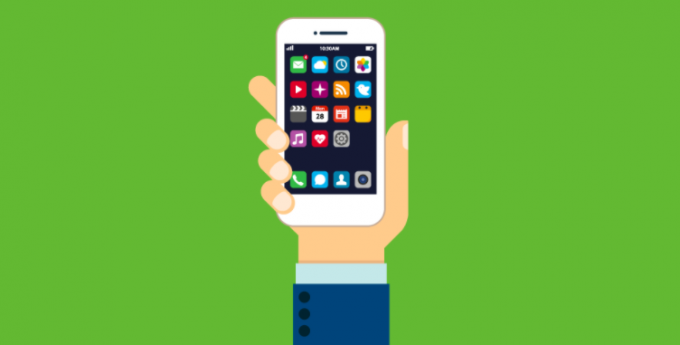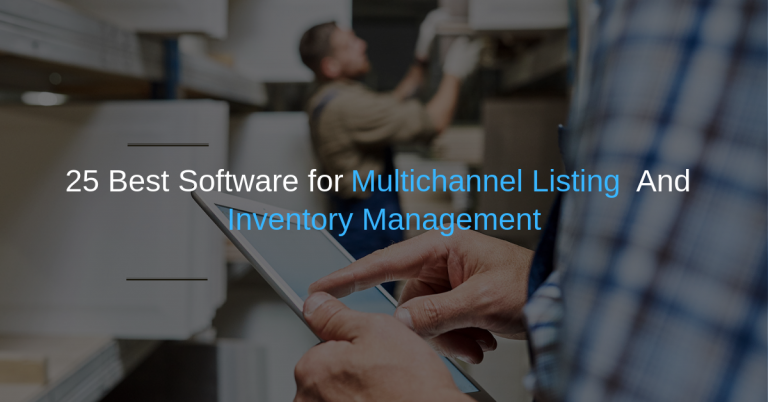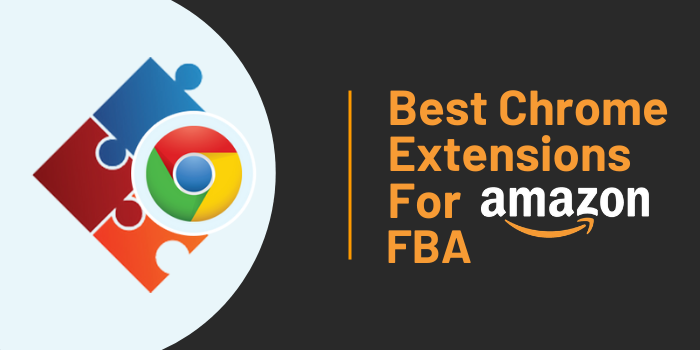
The top priority for any retail business is to maximize its revenue generation.
According to stats, retail ecommerce sales will increase to $4.058 trillion in the coming years – signifying the fierce competition within the retail ecommerce industry.
Both small and medium businesses are frantically altering their marketing strategies to boost their conversions – with user engagement being one of their prime focal points.
This is due to the fact that consumers of the digital era no longer want to be simply ‘marketed to’. The generalized or mass advertising through random emails or sms is now failing to capture their attention.
Also, the recent years have seen a shift in the consumer demands as people nowadays expect more personalized and end-user experiences.
In other words, consumers prefer to shop more from the brands that provide relevant content and services – specifically tailored for them.
To offer these personalized and context-based user engagements – retailers monitor the online user-behaviour, segment their audiences (on the basis of location, searches, time spent on-page, or demographic), and then set up their marketing campaigns accordingly.
This way the users only get to see what they are genuinely interested in and get drawn more to your website/app – thereby increasing the chances of higher conversion rates.
It also helps in retaining the existing users (which is equally important as attracting the new ones), since about one-third of the total sales typically comes from repeat sales.
In short, targeted user engagements improve brand loyalty, trust and the overall sales for any business.
Push notification is an excellent tool to engage and retain the users. They are small clickable messages that appear on the device screen and are intended to lure the customers back to the website.
Push notifications for retail industry are more than vital. Retailers can directly communicate with their target audiences in real time.
Initially introduced via mobile apps, push notifications have recently found their way through the web-browsers as well, and are called as web-push or browser push notifications for ecommerce.
They are supported by browsers like Chrome, Firefox, Safari etc. and can be accessed through mobiles, tablets and desktops. This means that the retailers have a wider scope of reaching out to their users across all channels.
And since web push notifications require the user’s permission before they can be sent, they also offer a higher click rate!
How To Use Ecommerce Push Notifications
There are several ways in which ecommerce push notifications can be used to enhance user engagement and boost your conversions.
Engage with Relevant Alerts
Send push alerts containing your best deals or offers, and attract both new and existing users.
Notify them about an upcoming sale well in-advance.This will not only generate the excitement and draw more site-traffic, but you will also end up cashing in more -when the time comes.
Sometimes the customers visit the same product multiple times, displaying their high-intent of buying.
If you observe that a user has spent a good 15 minutes drooling over a product but is trying to exit without buying, you could send him/her an alert offering a small discount.
Persuade the user to give you an immediate sale by putting a time-limit on the discount.
Interesting Read : How Walmart Leveraged Push Notifications To Increase Sales
Promote New Products or Offers
Analysing the subscriber’s browsing patterns and past purchase history helps in identifying their likes and interests, which further helps in segmenting the audience.
You can then promote your products or personalise your offers based on these segments.
For instance- if a set of your subscribers are fond of reading fiction, you can send a push alert that notifies them about a new novel, that’s currently available for purchase.
The notification is bound to get crazy clicks, since most of the subscribers in that segment would want to grab the book.
Time-Bound Deals
Using an ecommerce web push notification, you can inform buyers about time-bound deals. You can tell them why must they hurry up.
People want things more specially when they are scarce. You can leverage on this by sending time-bound deals and offers that can generate an urgency factor.
Also Read : How To Use Push Notifications To Increase Your Sales
And then, increase the excitement level with the reminder emails –
Location Based Alerts
Use GPS to target the users who are closer to your physical store. Send customized alerts that can lure the users to pay you a visit.
You Might Want To Read : How To Merge Online & Offline For Retailers
Re-target the Dormant
Like we said earlier, repeat users are accountable for more than one-third of the total sales.
This essentially means that you need to re-target your long gone or inactive users, and lure them back to your site.
Content wise there’s not much difference from the way you attract your new users, but then you could send your latest updates or match your product offers with their past purchases to reactivate them.
Related : Best Abandoned Cart Email Plugins For Magento 2
You can also get a little creative in drafting out the notifications just to engage the users in a fun way too !
Alert for Cart Abandonment
Retailers want sales and the sight of an abandoned cart is disappointing. Retail push notifications can remind the customers of the leftover items in their carts, and encourage them to checkout.
Related : Best Shopify Cart Abandonment Apps
You can also send an alert in case there’s a discount on the items in the cart. This will rush the customers to complete the purchase.
In-Stock Alerts
Wishlists are created so that the shoppers can add things that they want at a later stage or are currently out-of-stock.
Track these wish-lists and send prompt alerts to the customers – whenever the items are back-in-stock for purchase.
This lets the customer know that you care, and builds trust and loyalty.
Product Price Drop
People love to shop but hesitate to buy if the product-price is beyond their budget. They also tend to compare the pricing on the internet to see where they can get the best deal.
So, track their online activity and identify the products.
Gently nudge the users in case there’s a price drop on the product that they wanted to buy. It would be enough for them to return and close the deal.
Useful Post : Actionable Steps to Improve Magento Checkout Process
Upselling and Cross-selling
User engagement also involves product suggestions and recommendations as per user requirement. Once a user completes a sale, you can always suggest a related item complementing the previously purchased product.
Alternately, you could also suggest an entirely different item to the same user as per his/her browsing or purchase history.
Related : Magento 2 Extensions To Run Upsell Offers That Convert
Reward Alerts
An effective way of marketing is to please your customers and make them feel special at times.
Sending well-timed alerts (may be during the festive occasions or birthdays) can turn some of your best deals to be more converting.
Satisfied customers are more loyal, and there’s no harm in giving out loyalty rewards occasionally – to maintain that relationship.
You could also encourage the users to give their valuable feedback on the purchased products as well. This builds the trust factor and shows that the voice of the customer matters.
It also helps the future customers who are looking for positive reviews from the previous buyers, before opting for that product.
Apart from the above, push notifications can also be created to send useful information such as order status update, shipping update, delay or post delivery update etc. The usage is endless if you have a creative mind and the willingness to serve.
Final Words
Push notifications are proving to be the most economical retargeting tool for all e commerce retailers for uplifting their conversion rates and enhancing their user engagements.
With the advent of web push notifications, several tight budgeted retail sites can now communicate directly with their users – without the need to develop costly mobile apps.
It’s time to go for a good push notification tool. You’re already late in recognising its true business potential.























